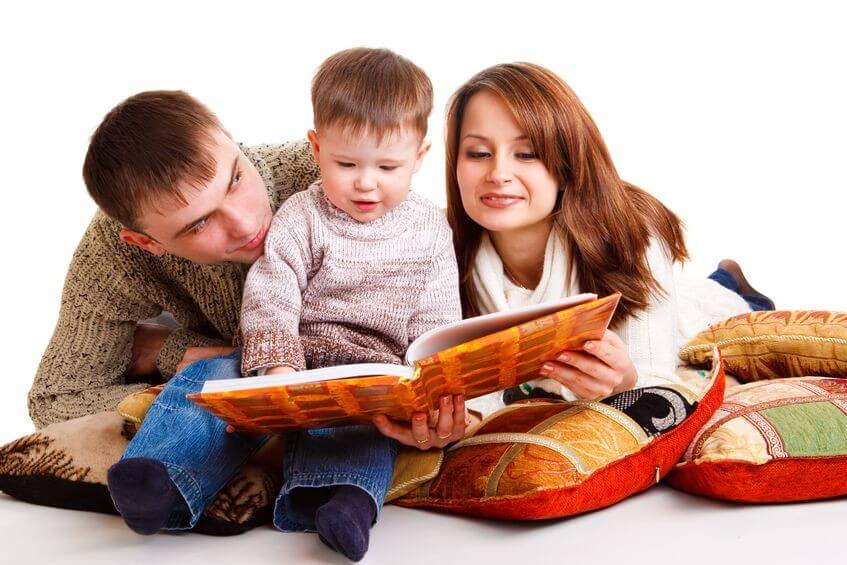
Examples of games that reduce muscle tension and improve concentration:
- Pantomime – divide the participants into two groups – actors and audience. The former improvise a selected fairy-tale with their moves, the latter guess the title.
- Mechanic toys – you tell the child that it will have to play the role of a wind-up toy in a few moments. Upon our password, the child needs to imitate the toy’s movement. We need to guess the toy. Afterwards, we switch roles.
- Happy beads – the child receives a bowl and paper. The paper is crushed into balls and put in the bowl. The goal is to blow them out of the bowl in the same time.
- What’s in my hand? – you cover the child’s eyes and ask the little one to recognize a given object only by touch. At first, give the child only well-known objects, such as favorite teddy bear or a spoon. Afterwards, move to objects used less frequently.
- Tides – ask the child to stand in the middle of the room. Afterwards, the little one’s task is take a step forth upon the password “high tide” and a step back upon “low tide”. You can gradually increase the pace of the game after some time.
- Outlining shapes – the child’s task is to outline paper shapes prepared by the parent and cut them out with scissors. Afterwards, they can be glued to a piece of paper to create a freely thought-out composition.
- Copying illustrations – the child selects an illustration, for example one from a favorite book, and traces it with tracing paper and afterwards colors the picture.
- Drawing with sand – the child uses sand to make pictures on the ground
- Drawing with a strand – the child forms a mosaic using a strand on dark paper. Afterwards, the mosaic can be glued to a piece of paper.
- Compositions out of string and yarn – the child draws a shape and afterwards covers its lines with a film of glue. Colorful strands are placed on the glue afterwards.
- We ask our little one to tell us about yesterday in school and determine what was happy and what was sad during the day. Mark particular emotions with either smiling or sad faces on a piece of paper.
- Read a nursery rhyme or a fairy tale to the child and ask whether they found it happy or sad.
- Ask the child to paint a piece of paper with a color that can be associated with their current mood.
Games that reduce chaotic motor discharges
- Outlining shapes – the child’s task is to outline paper shapes prepared by the parent and cut them out with scissors. Afterwards, they can be glued to a piece of paper to create a freely thought-out composition.
- Copying illustrations – the child selects an illustration, for example one from a favorite book, and takes tracing paper and afterwards colors the picture.
- Drawing with sand – the child uses sand to make pictures on the ground
- Drawing with a strand – the child forms a mosaic using a strand on dark paper. Afterwards, the mosaic can be glued to a piece of paper.
- Compositions out of string and yarn – the child draws a shape and afterwards covers its lines with a film of glue. Colorful strands are placed on the glue afterwards.
Games that help recognize emotions and direct them
- We ask our little one to tell us about yesterday at school and determine what was happy and what was sad during the day. Mark particular emotions with either smiling or sad faces on a piece of paper.
- Read a nursery rhyme or a fairy tale to the child and ask whether they found it happy or sad.
- Ask the child to paint a piece of paper with a color that can be associated with their current mood.
